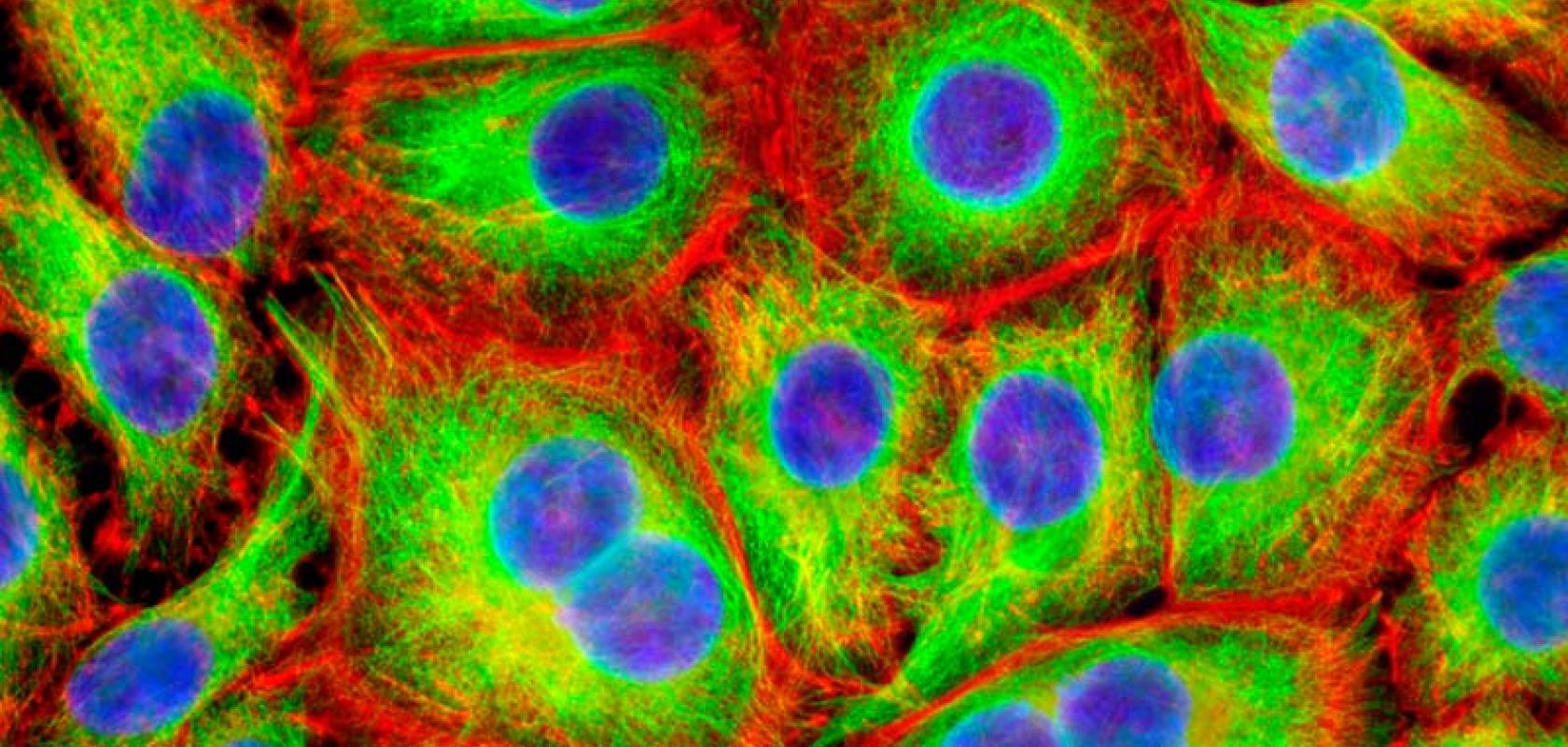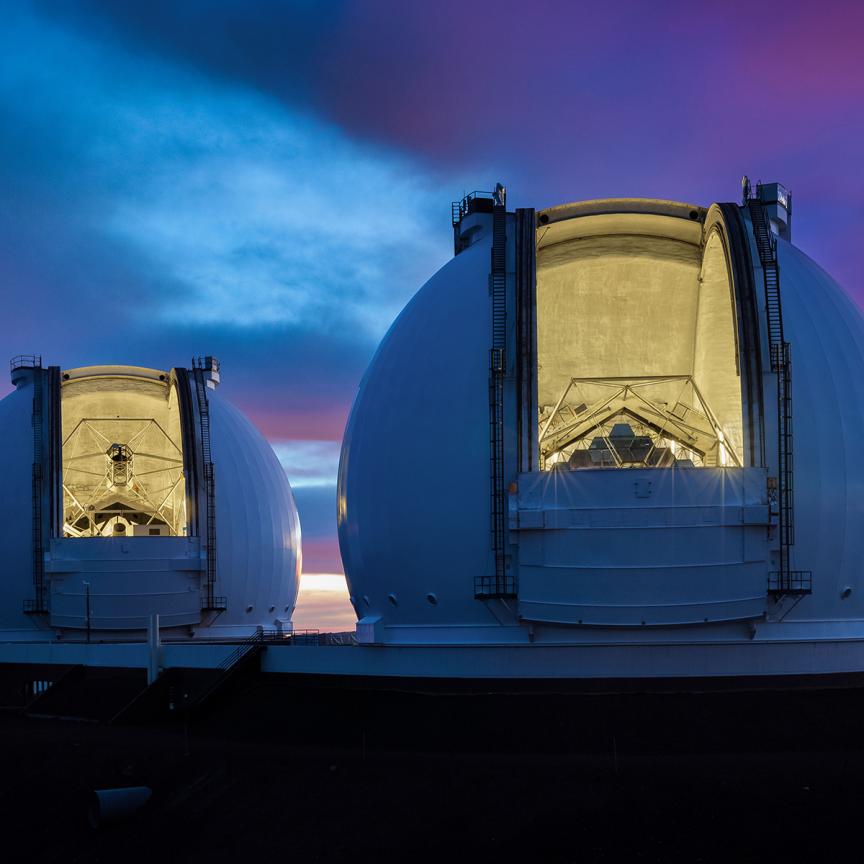Flow cytometry is a method used in biology and medicine to analyse and quantify the characteristics of cells or particles in a fluid suspension. The technique involves the passage of individual cells through a laser beam or spectrally filtered light, and the measurement of the scattered and fluorescent light produced by the cells. It is used by researchers in the life sciences to examine properties of cells, including size, shape, internal complexity, and the presence of specific proteins or other molecules.
During flow cytometry, cells are labelled with fluorescent dyes or antibodies that specifically bind to certain cell components. As the cells pass through the optically configured laser light path – which, depending on the application’s wavelength, can require a number of components such as optical filters or gratings – detectors capture the emitted light, providing information about the labelled characteristics.
This technique has found use cases in immunology, cancer research, haematology – to name a few applications – thanks to its ability to analyse large numbers of cells quickly, providing insights into their composition and behaviour.
Customer requirements for flow cytometry optics
When a global manufacturer of medical tools and equipment embarked on the development of a new flow cytometer, it was essential that the right optical equipment was sourced in order to meet the highly defined specifications.
The company sought special optical filters that could separate the faint signals from the target substances in multiple parallel channels in order to analyse cells for several characteristics simultaneously. The filter set also needed to be very complex in order to pick up the specific signals and ignore the signals from nearby substances. The manufacturer then approached Omega Optical for its years of expertise in the development and production of optical filters.
It was during this collaboration that the Omega team identified diffraction gratings as another potential method for simultaneous spectral separation in lieu of using multiple dichroic mirrors. The challenge for the customer was in producing an analytical instrument that could use various techniques to separate out a liquid sample injected into a solvent stream.
It required performance well into the UV region for this level of medical evaluation. Similarly to optical filters and dichroics, diffraction gratings can be tailored to produce desired spectral separation to meet the instrumentation requirements.
When it comes to selecting diffraction gratings, flow cytometers can often have specific design requirements, depending on the wavelength range and spectral separation, which will determine blaze, groove density, and other parameters – so finding a grating that meets these precise specifications can be quite a challenge, and there is not always a “one size fits all” solution.
Ensuring the quality and consistency of diffraction gratings is also crucial for the performance of an instrument such as a flow cytometer, and any variations in manufacturing can impact the accuracy and reliability of the instrument, leading to potential inconsistencies.
A collaborative effort
Omega Optical was able to assist in the challenge, pulling in its fellow grating specialists from Optometrics, which has been a leading supplier of wavelength selection solutions since back in 1965, and which became part of Omega Optical Holdings in 2021.
The Optometrics solution was a suite of high-resolution ruled reflection gratings, which can allow for continuous measurements from 190 to 600nm – a common range for UV-VIS systems. With the integration of a monochromator into the instrument, systems can use flow cells to allow for continuous accurate measurements.
Optometrics’ expert design team engaged with the instrument optical design engineers to determine the most optimised light properties and found that the highly specific configuration of the diffraction grating was not available as a readily available standard part.
No problem, thanks to Optometrics’ design, manufacturing and measurement capabilities in producing its own original ruled and holographic diffraction gratings in-house. The team was able to develop and produce the exact grating required to optimise the optical layout that was needed in the mostly developed instrument.
The replicated diffraction gratings from Optometrics are made on glass substrates from high-quality ruled holographic gratings. They are specifically designed for use in instruments such as spectrometers and monochromators, where keeping costs down and minimising unwanted light are key priorities. They are also able to provide a more consistent response.
The results
The result was a set of gratings that allow manufacturers such as this particular customer to offer greater instrument ranges in a single unit. This has the benefit of greater flexibility, and the capability to outperform their competitors in the market, all thanks to the collaborative effort between the three organisations.
Craig McDermott, Product Solutions Manager at Optometrics, says of the collaboration: “We were very pleased to be able to meet this customer’s grating requirements for its new flow cytometry design. What this project demonstrates really well is that, when you work with Omega Optical Holdings, you’re working with a set of disciplines that covers a broad range in the optical component world. This is a great example of the Omega team working together to solve the overall customer need in the design of this new instrument.”

Find out more about Omega Optical Holdings


